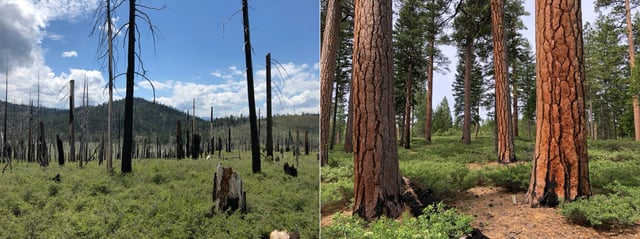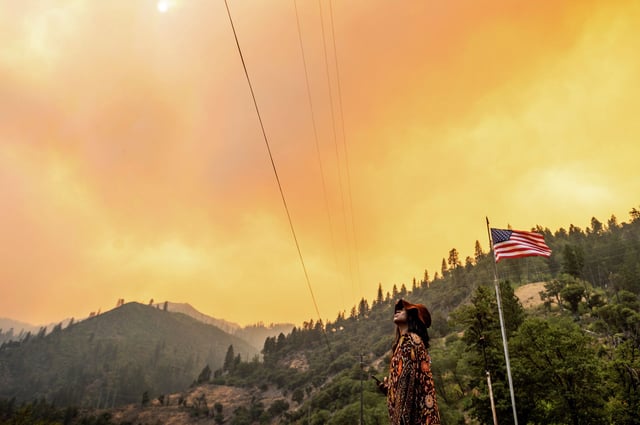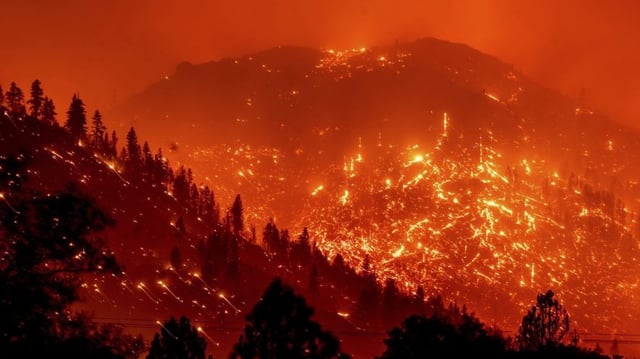Overview
- Peer-reviewed research in Global Change Biology finds industrial private timberlands had about 1.45 times higher odds of high-severity fire than public forests in California’s northern Sierra Nevada.
- Using a unique 2018 multiagency airborne LiDAR baseline, scientists compared pre- and post-fire structure across five blazes that burned roughly 1.1 million acres between 2019 and 2021, including the Dixie Fire.
- Stem density emerged as the dominant predictor of severe burning under extreme weather, with canopy connectivity and ladder fuels further increasing the likelihood of crown fire.
- Plantation-style practices that clear-cut and densely replant were linked to higher severity, while selective thinning, shaded fuel breaks, and prescribed fire were identified as strategies that can reduce intensity.
- Elevated risk on industrial parcels spilled over to nearby lands and communities, and researchers stressed that public forests also experienced severe fire, underscoring the need for improved treatments across all ownerships.


